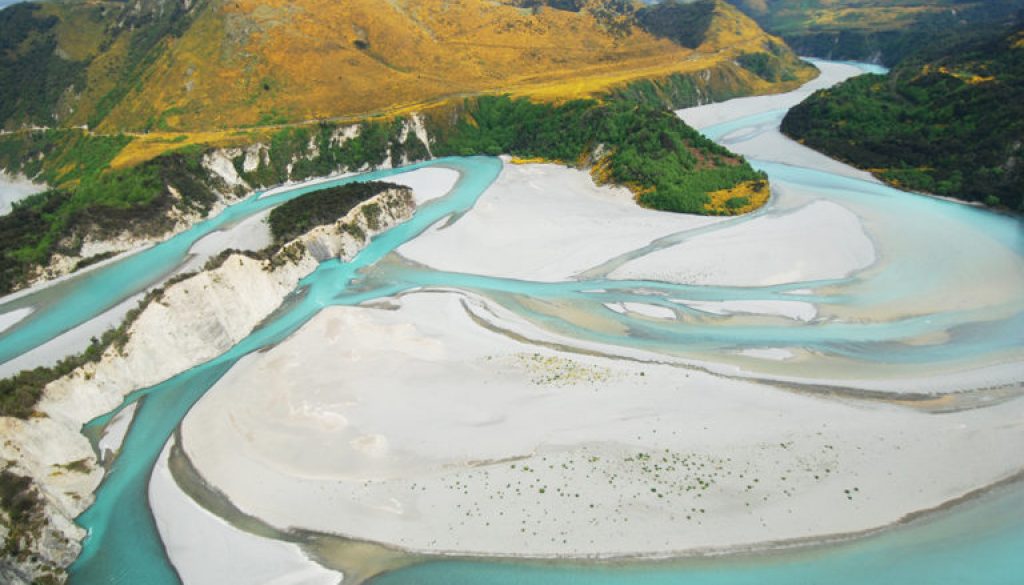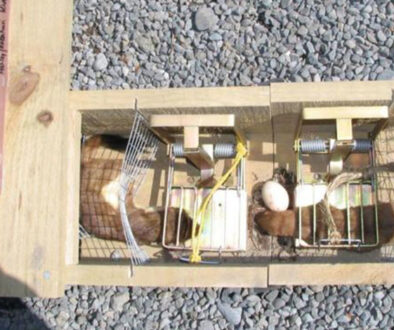Essential Freshwater package – ECan advice
As the Government\’s Essential Freshwater package will have a big impact on braided rivers, this update from ECan has been reproduced below in full: (see also frequently asked questions).
On 28 May 2020, the Minister for the Environment announced the Action for Healthy Waterways Essential Freshwater national direction package.
This announcement signalled where changes to the policy package had been made in response to the consultation on the proposals (then known as the \’Essential Freshwater\’ package) in September 2019. The amended policy documents were released on 5 August following gazettal:
- National Environmental Standards for Freshwater 2020
- Stock Exclusion s360 Regulations
- Measurement and Reporting of Water Takes s360 Regulations
- National Policy Statement for Freshwater Management 2020.
These requirements come into effect from 3 September 2020.
What we are doing
We are analysing the new requirements against our current planning framework to determine the relationship between the new National Environmental Standards for Freshwater 2020 (NES-F) rules, and rules in our freshwater plans.
Once this assessment has been completed, we will be in a position to provide advice on the implications of the package.
Canterbury is well placed to adapt to the new requirements, particularly in terms of farm environment plans and stock exclusion (PDF File, 2.77MB) where we already have rules and frameworks established.
However, while our regional planning framework covers many of the same areas as the new requirements, changes will be required to existing plans to give effect to the new national direction.
Further analysis is needed before we can provide clarity on the extent of changes required. This will be provided as it becomes available.
National Environmental Standards
The National Environmental Standards for Freshwater NES-F contain rules to regulate activities that affect freshwater. The rules in the NES-F come into force on the following dates:
3 September 2020 – for all activities other than intensive winter grazing, applications of synthetic nitrogen fertiliser and stockholding areas other than feedlots.
1 May 2021 – for intensive winter grazing activities.
1 July 2021 – for applications of synthetic nitrogen fertiliser and stockholding areas other than feedlots.
Some activities that were permitted before the NES-F came into force will now require a resource consent. As a first step you should read the rules in the NES-F to determine whether the activity you are carrying out will remain a permitted activity or require a resource consent.
If as a result of the rules in the NES-F coming into force the activity you were carrying out now requires a resource consent, you may continue carrying out that activity provided:
- the activity was lawfully established; and
- the activity could have occurred without consent before the rule in the NES-F came into force; and
- the effects of the activity are the same or similar in character, intensity and scale of effects to those that existed before the rule took legal effect; and
- you apply for a resource consent for the activity once the rule comes into force and by the following dates:
- 2 March 2021 – for all activities other than intensive winter grazing, applications of synthetic nitrogen fertiliser, and stockholding areas other than feedlots.
- 31 October 2021 – for intensive winter grazing activities.
- 31 December 2021 – for applications of synthetic nitrogen fertiliser and stockholding areas other than feedlots.
Stock exclusion regulations
Dairy and beef cattle, pigs and deer must be excluded from wetlands, lakes and rivers with a bed greater than or equal to one metre wide. Dates for compliance vary according to stock type and terrain.
Minimum setbacks of three metres between stock and the bed of a lake or river will be required, except where permanent fences or riparian planting is already in place to exclude stock.
Where practicable, bridges and culverts must be used to facilitate stock crossing waterways. Where such structures are impracticable, stock may only cross waterways where stock are being actively driven through the water.
View the Stock Exclusion s360 Regulations.
Measurement and reporting of water takes
Current provisions have been strengthened by including the requirement to provide telemetered data to us for takes of five litres per second by specified dates. This adds to existing requirements to meter these flows and provide records.
View the Measurement and Reporting of Water Takes s360 Regulations.
National Policy Statement
Some key changes introduced through the National Policy Statement for Freshwater Management (NPS-FM) include:
- The Te Mana o te Wai framework has been strengthened with a specific hierarchy of obligations. The new hierarchy places the health and wellbeing of water bodies and freshwater ecosystems first.
- Expectations and direction about involving Māori in freshwater decision-making has been strengthened.
- New compulsory values and attributes have been included.
- There is now a requirement for regional councils to map, monitor and manage wetlands and obstacles to fish passage.
Our planning framework will need to be updated to give effect to these changes.
View the National Policy Statement for Freshwater Management 2020.
Your feedback and questions
We welcome comment on this initial advice and will note questions you would like answered. Please contact Customer Services at ecinfo@ecan.govt.nz or 0800 324 636.
More information
Read our initial advice on Te Mana o te Wai and resource consents.
See our FAQs on Te Mana o Te Wai, intensive winter grazing and the nitrogen cap for fertiliser application.
View Ministry for the Environment factsheets on policies and regulations in the Essential Freshwater package.
Talk to your industry representatives and visit their websites:
- https://beeflambnz.com
- https://www.dairynz.co.nz
- https://www.deernz.org
- https://www.far.org.nz
- https://www.fedfarm.org.nz
If you have further questions, please send them to ecinfo@ecan.govt.nz. We may not be in a position to answer all questions immediately. However, we will come back to you with an indication of when an answer may become available or a redirection to where a suitable answer may be found.




